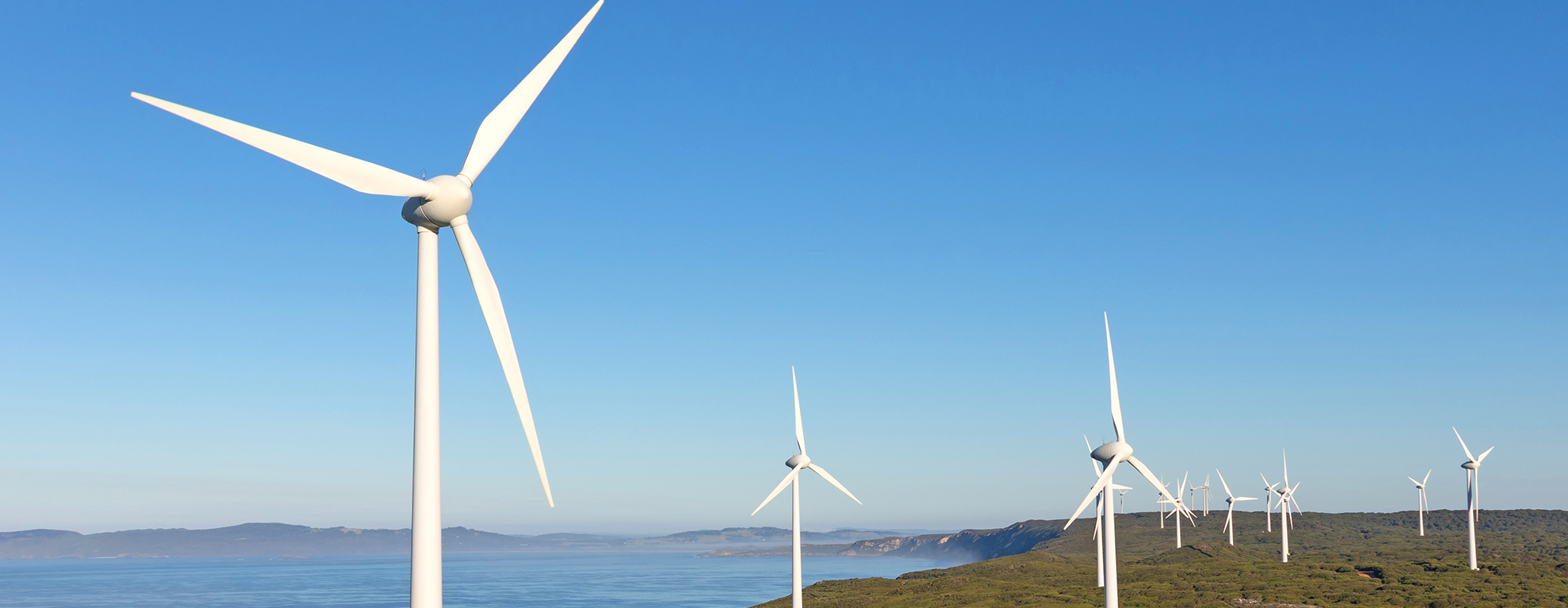Clean Energy Opportunities Within Reach For Australia’s Infrastructure Sector
Clean Energy Opportunities Within Reach For Australia’s Infrastructure Sector
Article taken from the 2018 ISCA Impacts Report
The Clean Energy Finance Corporation (CEFC) has identified enormous potential for improved sustainability through investment in clean energy opportunities within Australia’s infrastructure sector.
Established by the Australian Government in 2012, the CEFC works to increase investment in emissions reduction. Australian infrastructure is a focus for the CEFC because the sector accounts for almost half the nation’s greenhouse gas emissions, driven largely by fossil fuel consumption in energy generation and through transport and industrial process emissions.
CEFC CEO Ian Learmonth said the scale of infrastructure projects, and their longevity, mean they are well placed to benefit from investment in clean energy technologies to lift energy efficiency, increase productivity and lower emissions including through fuel switching and electrification of transport.
“It is absolutely critical that the infrastructure assets of today contribute to the overall emissions reduction task that we are facing. Through our investments, the CEFC is targeting comprehensive and sustained improvements to the carbon footprint of our infrastructure assets,” Mr Learmonth said.
In the past year the CEFC has committed $300 million to two major infrastructure programs, to demonstrate the potential for emissions reduction in the sector – $150 million in equity towards the IFM Australian Infrastructure Fund and $150 million in debt finance towards the sustainable development of the nationally-significant Moorebank Logistics Park.
DELIVERING A STEP CHANGE IN INFRASTRUCTURE EMISSIONS
The $12 billion IFM Australian Infrastructure Fund, managed by IFM Investors, has Australia’s largest portfolio of high-quality infrastructure assets including, Ausgrid, Brisbane Airport, Melbourne Airport, Sydney’s Port Botany and the Port of Brisbane.
The CEFC estimates that just a five per cent improvement across the assets in the portfolio would abate almost 69,000 tonnes of CO2-e annually. This is equivalent to removing 14,775 cars from the road each year or providing electricity to 7,450 homes a year.
The CEFC’s commitment to the fund involves working with IFM Investors to enhance benchmarks and transparency around infrastructure emissions to deliver a step change in the emissions profile of Australia’s infrastructure.
While the agreement with IFM Investors is in its early stages, the kinds of initiatives likely to be implemented include
installing on-site solar PV and battery storage solutions and transitioning car fleets to electric vehicles over time. They are also likely to involve using smart management systems which monitor asset performance and assist with reducing energy consumption and optimising logistics and supply chains.
FUEL SWITCHING FOR EMISSIONS REDUCTION
The CEFC’s finance for Moorebank Logistics Park, being developed by leading freight and logistics company Qube Holdings Limited, is aimed at demonstrating the potential for emissions reduction through fuel switching.
The CEFC has committed up to $150 million through a seven-year bilateral term debt facility to assist in providing medium-term finance for the staged construction of the terminal.
The Moorebank project will switch the movement of 1.55 million freight containers at Port Botany from road to rail, with an estimated annual abatement of more than 110,000 tCO₂e in transport-related emissions.
The switch to rail transport, when operating at scale, will cut an estimated 3,000 truck journeys a day from Sydney’s road network, particularly the M5. It will also reduce the number of regular Sydney-Brisbane and Sydney-Melbourne truck freight trips.
The Moorebank Logistics Park will be developed across 243 hectares in south-western Sydney, taking advantage of its location near the Southern Sydney Freight Line, M5 and M7 motorways and in an area of rapid population and economic growth. The project will incorporate large-scale renewable energy technology expected to generate 65,000 MWh/year – enough to power over 10,000 homes.
Despite its massive scale – operating across a site the size of Sydney’s CBD – the freight and energy efficiencies delivered via the Moorebank Logistics Park are expected to result in net emission reductions totalling more than 2 million tonnes of CO2-e over a 40-year period.
EXCELLENT STANDARDS FOR CLEAN ENERGY OUTCOMES
The CEFC finances infrastructure projects as part of its Sustainable Cities Investment Program which aims to invest $1 billion into clean energy initiatives in Australian cities over 10 years.
Its investments encourage increased transparency around emissions performance, through asset-level energy and emissions performance reporting and benchmarking against internationally-accepted science-based targets.
When the CEFC is assessing finance for infrastructure projects it typically asks that ISCA ratings of “Excellent” be sought for the relevant assets.
The CEFC is looking to finance measures that enable an increased focus on renewable energy and energy efficient technologies at the individual asset level. Its investments target best practice and market leading design, construction and operations. Both equity investment and tailored debt finance are available and each request for finance is assessed on a case-by-case basis.
Learn more about the CEFC and its investments at cefc.com.au

